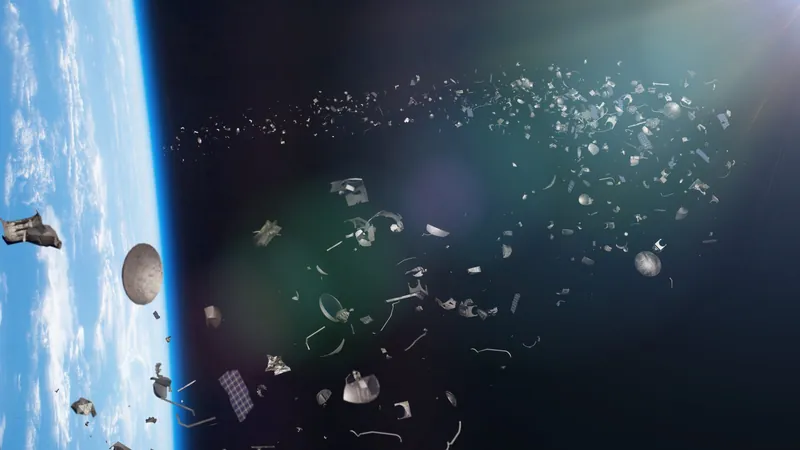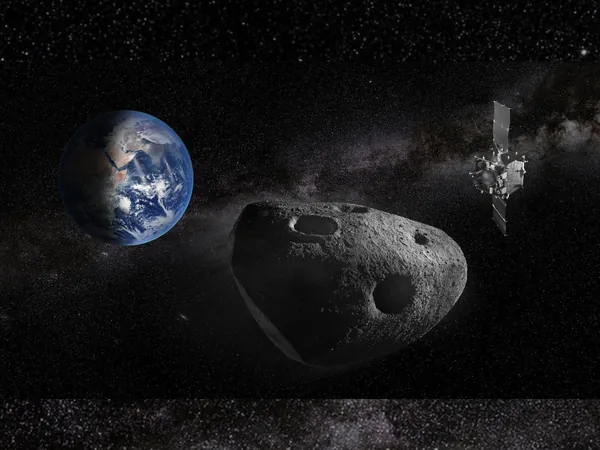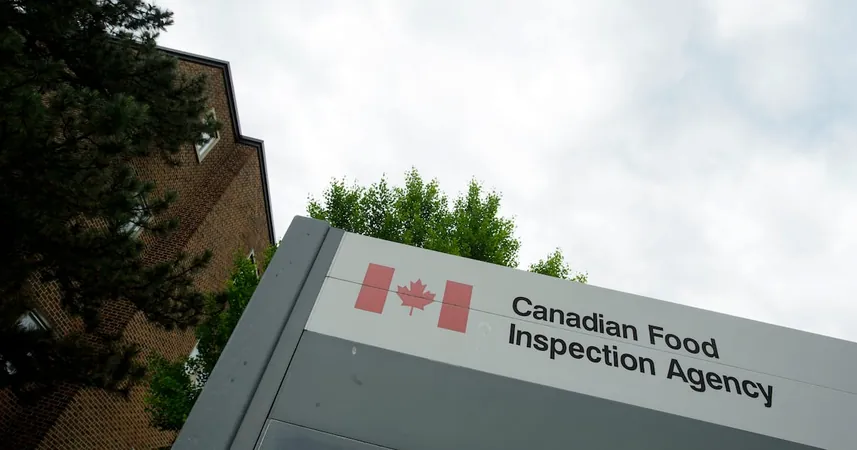
Revolutionizing Space Safety: SwRI Unveils Advanced Space Junk Detection System
2025-08-18
Author: Michael
A Game-Changer in Space Debris Detection
In a groundbreaking initiative, the Southwest Research Institute (SwRI) has unveiled an advanced system designed to detect and analyze the increasingly menacing space debris orbiting Earth. As concerns over the growing accumulation of orbital junk reach new heights, this innovative technology could be the key to ensuring the safety of our satellite infrastructure.
The Innovative MMOD System Explained
This cutting-edge micrometeoroid and orbital debris (MMOD) detection system is engineered for seamless integration into satellites and spacecraft, acting as a sophisticated "black box" that monitors impacts and collects essential data post-collision. Housed within a structural panel equipped with numerous sensors, the system employs advanced software to rapidly assess impact incidents, allowing for immediate identification of collisions—even when damage is too minimal for earthly operators to detect. The insights gleaned from these events provide valuable information on the timing, location, speed, and composition of the debris.
The Escalating Threat of Space Debris
The need for such technology has become pressing as the proliferation of defunct satellites, discarded rocket stages, and other orbital debris creates a perilous "junk field." These fragments, which can travel at explosive speeds, pose catastrophic risks to operational vehicles in orbit, with even tiny pieces potentially causing critical harm. Traditional ground-based tracking systems often fall short in spotting these minute but dangerous particles.
Expert Insights into the System's Importance
Dr. Sidney Chocron, the SwRI scientist behind the MMOD system, emphasized the importance of this technology, stating, "Most spacecraft can endure minor impacts without any immediate effects on systems, but our device can relay vital information back to Earth before any visible damage occurs, with implications for future spacecraft designs."
Rigorous Testing Under Space-Like Conditions
Demonstrating its reliability, SwRI conducted rigorous tests using a specialized light gas gun to mimic the harsh conditions of space. By firing tiny projectiles at panels outfitted with the MMOD system, they successfully replicated the hypervelocity impacts akin to real-world debris encounters. The comprehensive results, recently published in a peer-reviewed study, validate the system's prowess in accurately detecting and characterizing impact events.
Towards Safer Orbital Operations
While this system does not directly alter a spacecraft's trajectory to avoid collisions, the data it collects could serve as a warning to other satellites in shared orbits, enabling evasive maneuvers and thereby enhancing overall safety.
Future Prospects for the MMOD System
With successful testing in the books, SwRI is now on the lookout for funding to develop a flight-ready version of the MMOD detection system. Their vision involves creating a comprehensive network of sensors that will map and characterize the entire field of orbital debris, offering unprecedented insights into a pressing environmental issue threatening the future of space exploration.
A Path to Mitigating Space Risks
This ambitious initiative represents a promising stride toward understanding and mitigating risks associated with both current and future space missions, paving the way for safer operations in the final frontier.









 Brasil (PT)
Brasil (PT)
 Canada (EN)
Canada (EN)
 Chile (ES)
Chile (ES)
 Česko (CS)
Česko (CS)
 대한민국 (KO)
대한민국 (KO)
 España (ES)
España (ES)
 France (FR)
France (FR)
 Hong Kong (EN)
Hong Kong (EN)
 Italia (IT)
Italia (IT)
 日本 (JA)
日本 (JA)
 Magyarország (HU)
Magyarország (HU)
 Norge (NO)
Norge (NO)
 Polska (PL)
Polska (PL)
 Schweiz (DE)
Schweiz (DE)
 Singapore (EN)
Singapore (EN)
 Sverige (SV)
Sverige (SV)
 Suomi (FI)
Suomi (FI)
 Türkiye (TR)
Türkiye (TR)
 الإمارات العربية المتحدة (AR)
الإمارات العربية المتحدة (AR)